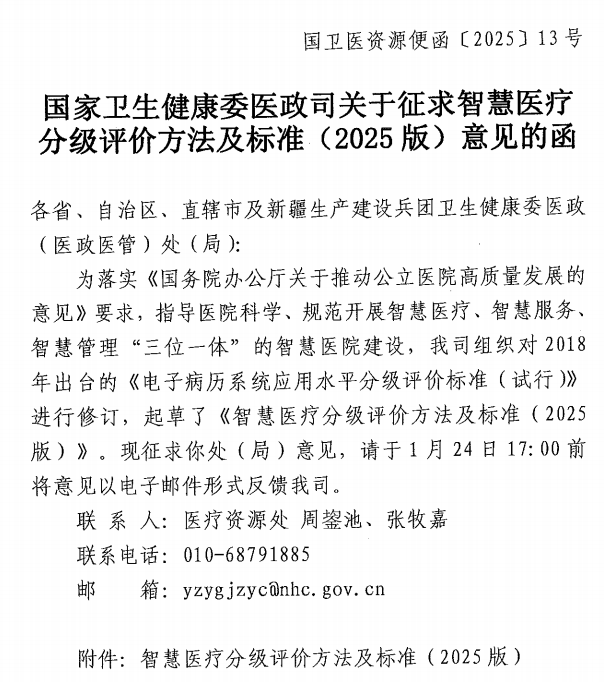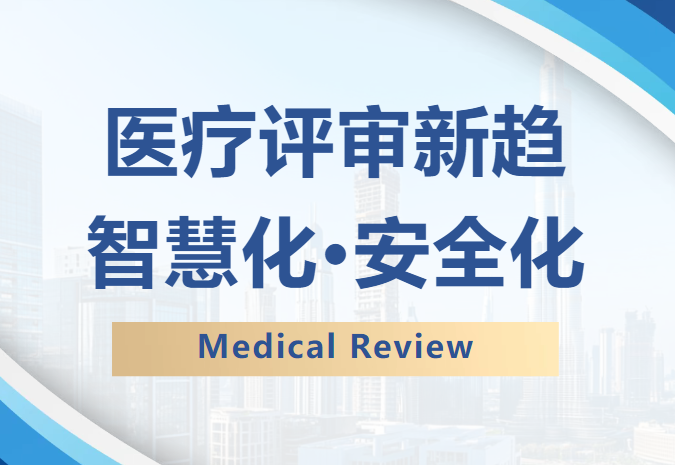
#Industry ·2025-06-13
Medical digitization is the core driving force for industry upgrading, which requires five dimensions of policy, technology, data, ecology, and grassroots collaboration. Referring to the "Reference Guidelines for Artificial Intelligence Application Scenarios in the Health Industry" issued by the National Health Commission, clarify the application standards of digitalization in four major directions: medical service management, grassroots public health, teaching and research, and provide implementation guidelines for institutions. Establish a standardized system for medical data classification and grading, privacy protection, and cross institutional collaboration (such as the medical cloud computing and big model technology standards led by the China Academy of Information and Communications Technology) to solve the problem of data silos. Deep integration of technology and reconstruction of service scenarios: 1. Intelligent decision-making assistance for diagnosis and treatment processes: Deploy AI pre diagnosis and intelligent medical record systems (such as the DeepSeek model of Harbin Medical University), automatically generate medical records and synchronize them to the doctor workstation, reducing waiting time to 15 minutes. Accurate diagnosis: By applying multimodal imaging analysis (such as the breast lesion map of Harbin Medical University Second Hospital) and real-time pathological detection (millisecond level lesion capture), the missed diagnosis rate can be reduced by more than 30%. 2. Service model innovation for full cycle health management: integrating wearable devices, smart pharmacies, etc., to build an individual health risk prediction and dynamic intervention system. Resource collaboration: Through 5G remote consultation (such as the Yanjiang District Regional Imaging Center's annual diagnosis of 72100 cases) and intelligent emergency network, promote the sinking of high-quality resources to the grassroots level. Build a "smart hospital group", connect electronic health records of upper and lower level institutions, achieve appointment referral and mutual recognition of test results, and promote the implementation of hierarchical diagnosis and treatment. Digitized healthcare needs to focus on the health management of patients throughout their entire life cycle, and transform the "problem list" of grassroots informatization into a "happy experience" for the masses through a combination of "policy relaxation, technology penetration, and ecological collaboration". The future competition lies not only in efficiency, but also in temperature.

2025-06-13

2025-06-03

2025-05-20
You can send us a general question inquiry here
LINKS



0371-23627927
consult
top